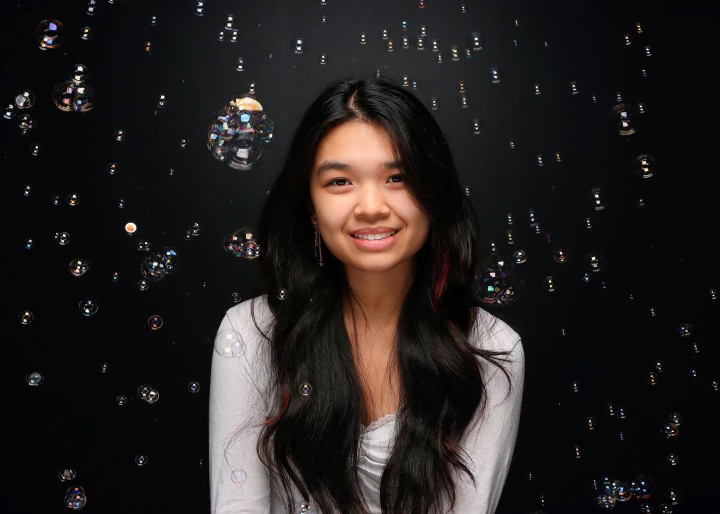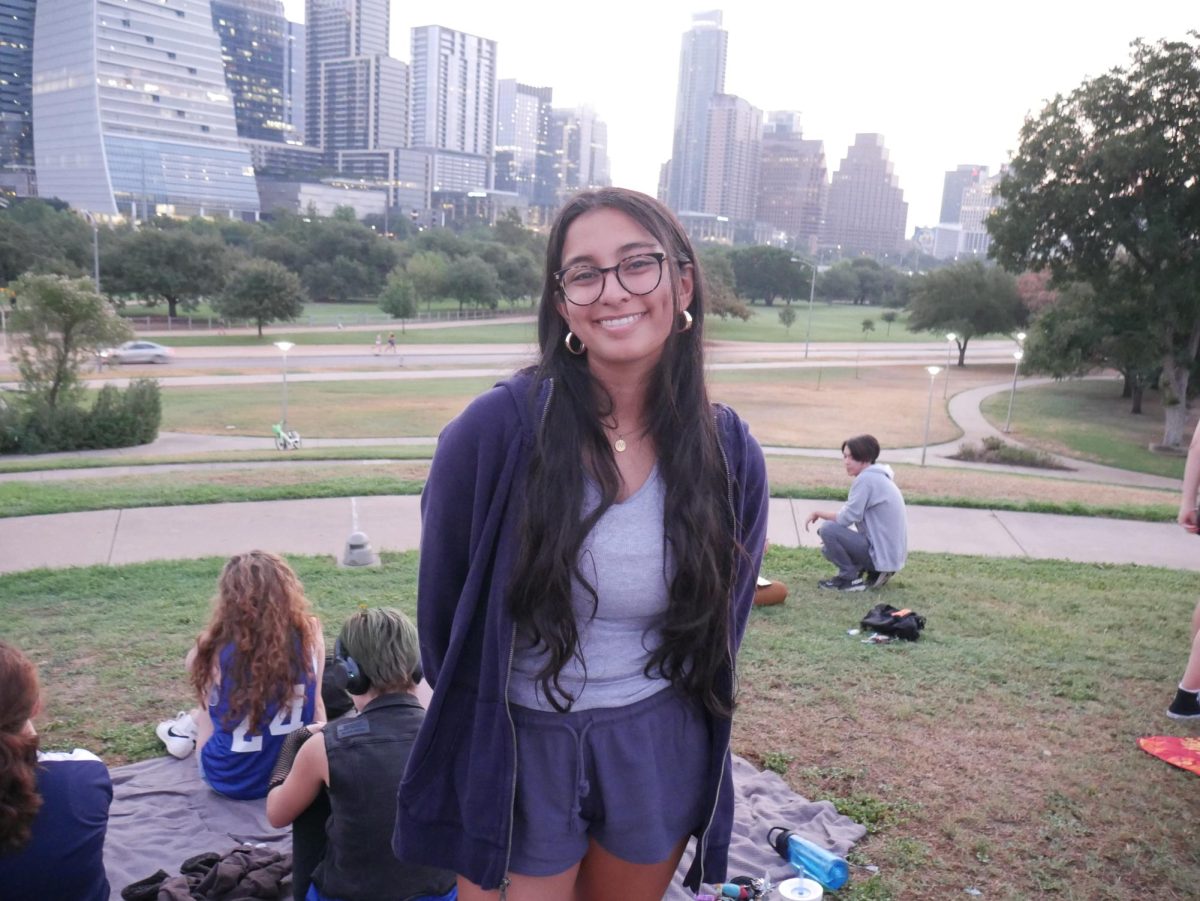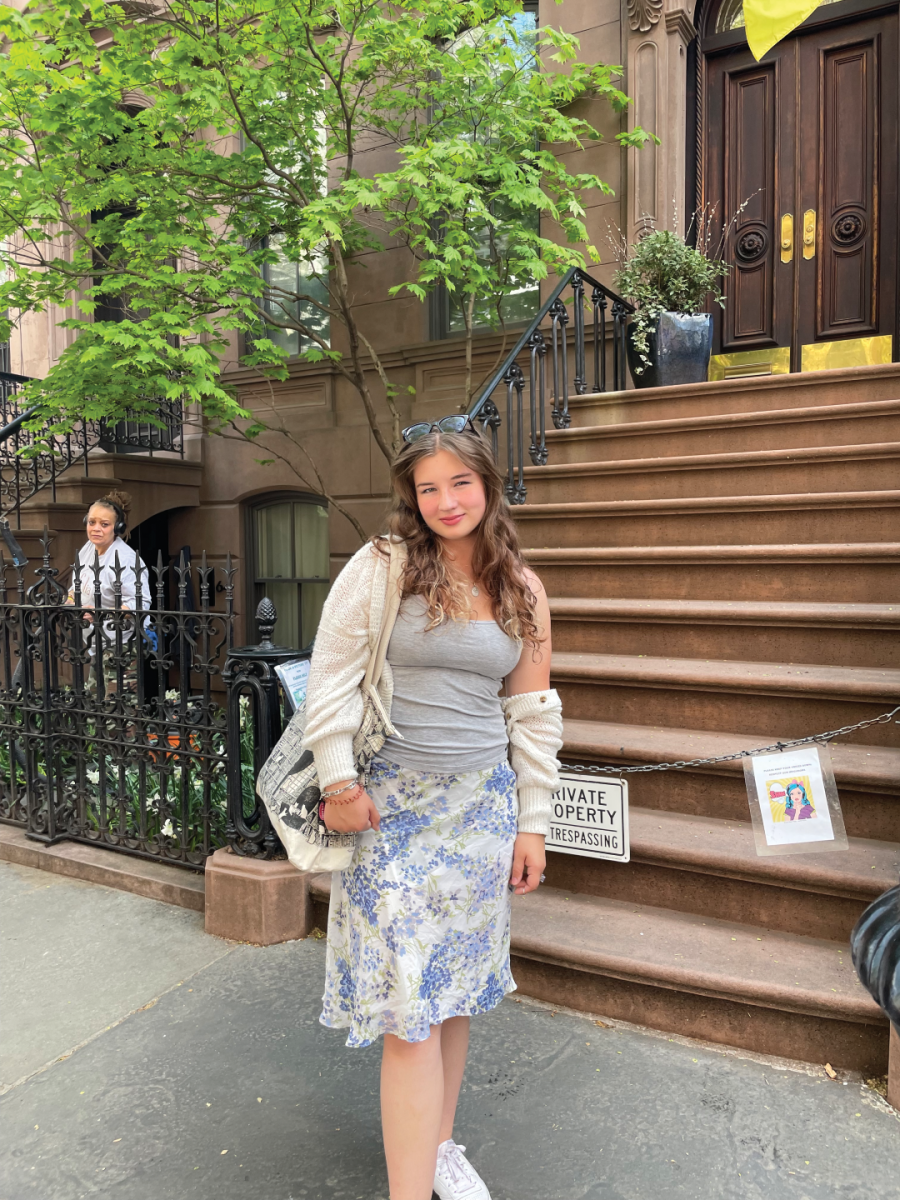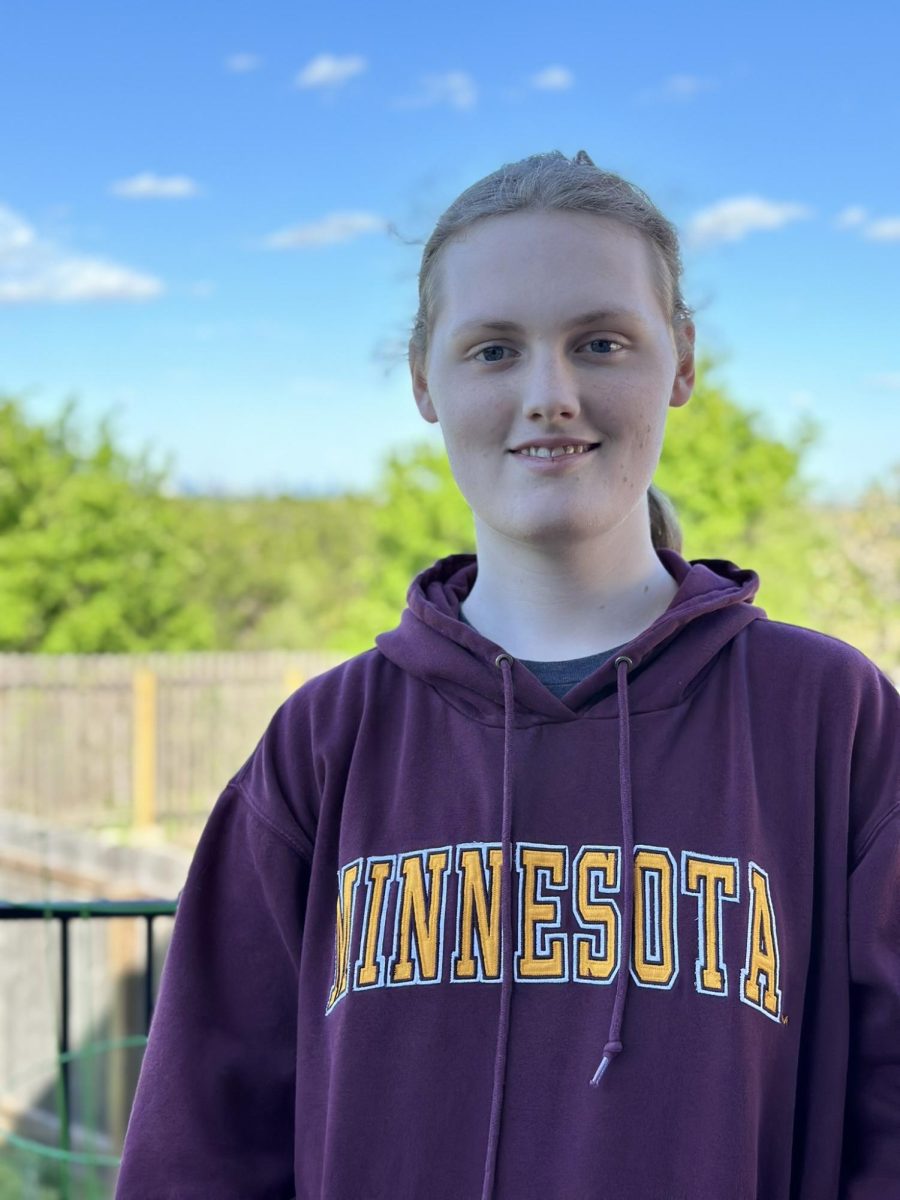PRO:
Kamryn Reyes | Staffer
LASA’s four signature courses allow underclassmen to sample the variety of the elective courses provided at this school. The classes each present valuable learning opportunities, including eventual familiarity with construction, design, research, debate, and more. These courses make up a significant part of the LASA experience and are extremely beneficial to freshman and sophomore students. Though the double-blocked schedule sacrifices two elective slots, it’s worth the cost in exchange for what students will learn from the classes.
The signature courses freshmen are required to take are Science and Technology (SciTech) and Electronic Magazine (Ezine). In SciTech, students learn how to take a problem and build a solution for it through trial and error. SciTech projects in the past have included building a marble run, a Goldberg machine, and designing assemblies on OnShape. According to Stem Education Journal, engineering design thinking skills take a longer time to develop than other technical skills, so it’s crucial for high school students to have early exposure to classes that help them progress these skills. Design and construction classes are especially important because students develop communication and collaboration skills and are forced to think outside of the box. Additionally, they learn the crucial lesson that most difficult problems cannot be solved on the first try, and by learning to be persistent to find a solution, they gain a sense of confidence in their abilities as well as an understanding that failure is necessary for success. Similarly, Ezine also incorporates design into its class, although in a digital format. In their process of creating a magazine using Adobe tools such as Illustrator, Photoshop, and Indesign, students get the chance to work with professional software and once again learn valuable skills such as time management, creativity, and being a dependable team member, which are necessary life skills according to Yearbook Life.
Sophomore year, LASA students are allotted two more signature courses that are perhaps even more important to partake in. The curriculum of the two courses allows for more autonomy, causing students to further develop their work ethic. Great Ideas and Planet Earth (Plearth) are more work-intensive classes, but as a result of this, they help students learn to manage their time. Great Ideas is a philosophy-driven course that teaches students how to think and how to question what seems unquestionable. The Socratic seminars and topics covered, such as ethics and justice, in Great Ideas make it a class that heavily focuses on discussion, thinking, and developing a deep understanding of humanity, which are abilities that will allow students to gain a superior sense of understanding of the world that they will eventually graduate into. It’s also absolutely necessary for students to engage in philosophy, as it helps them extract what is essential from large quantities of information and learn more about themselves, their identity, and what they want to value in their own lives, according to James Madison University.
Finally, Plearth is a class that offers invaluable information about environmental science. Specifically, students spend time studying parks and organisms such as bugs, plants, and birds, while engaging in debates over the major mass extinctions. Not only do students gain a deeper appreciation of natural life from this subject, they also have the chance to explore nature during field trips to Boggy Creek, Shoal Creek, and McKinney Falls State Park. Additionally, as Plearth is a very hands-on course, it allows for a much-needed break within the intense LASA student schedule. According to Project Learning Tree, taking environmental classes are especially significant for our generation of students who are most prominently being affected by issues such as climate change, pollution, and the degradation of biodiversity. By learning more about the environment, students will have knowledge going into the future about how they wish to address these issues.
The signature courses provided at LASA are rare opportunities to learn skills that students will need later on in high school, college, and work. Furthermore, they provide students more chances and options to explore varying subjects and careers that they might not have otherwise encountered. No student should be “spared” these courses that come together to form an extremely well-rounded education crucial to personal development.
CON:
Sanwi Sarode | Copy Editor
LASA’s four signature courses leave students with only one elective choice for their first two years of high school. This lack of student choice is detrimental to a student’s ability to develop their unique interests and be invested in their education.
Primarily, having only one elective choice for the first two years of high school is incredibly damaging to a student’s ability to develop autonomy. According to The Willows Community School, giving students a voice in their education gives them a “sense of ownership” that makes them better decision-makers in their future. When students learn early in their lives how to take control of their learning, they are more likely to take responsibility for their actions in their careers and in their lives, boosting their chances of success. It’s disappointing to see LASA students’ individuality diminished through limited choice, preventing them from being creative and achieving their full potential.
Additionally, a report by the Education Trust stated that limiting students’ elective choices allows teachers to “control [the] bodies and minds” of students, leading to a dangerous tendency for students to have passive mindsets about their education. Students will be so used to doing whatever they’re told — like a robot — that when it’s time for them to branch out they won’t know how to. Students won’t feel motivated to learn. Removing LASA signature courses, and thereby giving students more opportunities to explore their passions, will increase LASA students’ interest in learning in all of their classes and make them more active participants in their education. Students will be more engaged, empowered, and aware of the depth of their learning, according to The Willows Community School. It’s similar to reading books: according to Scholastic, when students shift from assigned to choice reading, their willingness to engage in reading increases. When students are given elective choice, they naturally take more interest in learning.
It’s excessive to ask high school students to take seven mandatory classes for the first two years of high school. With many colleges expecting students to select majors by the time they’re seniors, students need all the time they can get throughout high school to explore their true interests and be prepared to make early career choices, and, according to Edutopia, it is essential for students to connect their learning to their passions. I experienced the conundrum of a lack of elective choice myself. As a current senior, selecting majors for colleges was made unnecessarily difficult and stressful because I was unable to take career-oriented classes until junior year. Essentially, I was given one year to make up my mind on the subjects I took for a decision that could very well impact my entire future. It’s crucial to recognize the impact a lack of scheduling space in early high school years can have on a student.
Finally, removing LASA signature courses and granting students more elective choices would help students build up a community that shares their interests and would improve their social and mental health. As stated by Education World, students feel more rooted when they have opportunities to build their identity, which is hard to accomplish without elective choice. Students look forward to other aspects of academic life than core subjects, such as spending time with classmates and delving deeper into their unique passions. Students who have limited elective choices also have an increased chance of encountering significant mental health challenges, according to Education World. If students have four years of elective choice as opposed to two, they will have more chances to build communities within their interest and grow together as peers, improving their learning, social health, and abilities to work together towards an aligned goal.
LASA signature courses result in more harm than benefit by taking away elective spots from students who might have other passions than the ones forced upon them by the school. To counter these detrimental effects, LASA’s signature courses should become optional classes.






